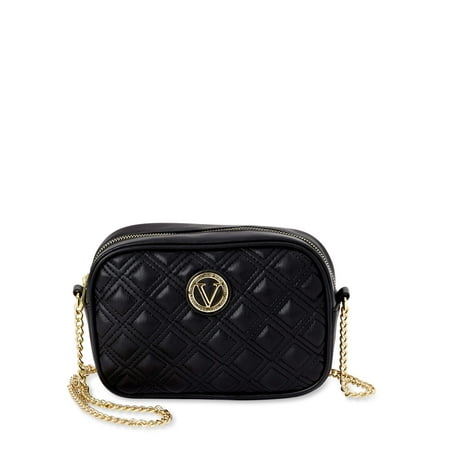Vera New York Marina Vegan Leather Crossbody Bag
Vera New York is back and stronger than ever with the everyday Marina Crossbody Bag. Featuring the famous quilted design, a back-zip pocket, an interior slip pocket, and chain shoulder straps, this bag has you covered for your everyday outings!









Reviews
There are no reviews yet.